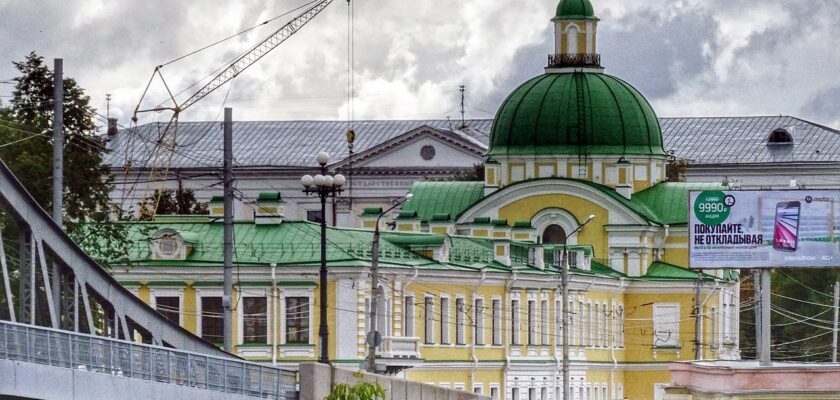Travel Palace in Tver
Traveling Palace in Tver or Tver Peterhof, as it is called by locals, has experienced times of both extravagant prosperity and total decline. The Imperial Palace has been closely associated with art throughout its history. The building is located on the high bank of the Tverts, in the historical center. The regional art gallery is located here. The Way Palace is the main attraction of the city and is of genuine interest both to the native Tverites and to numerous guests.
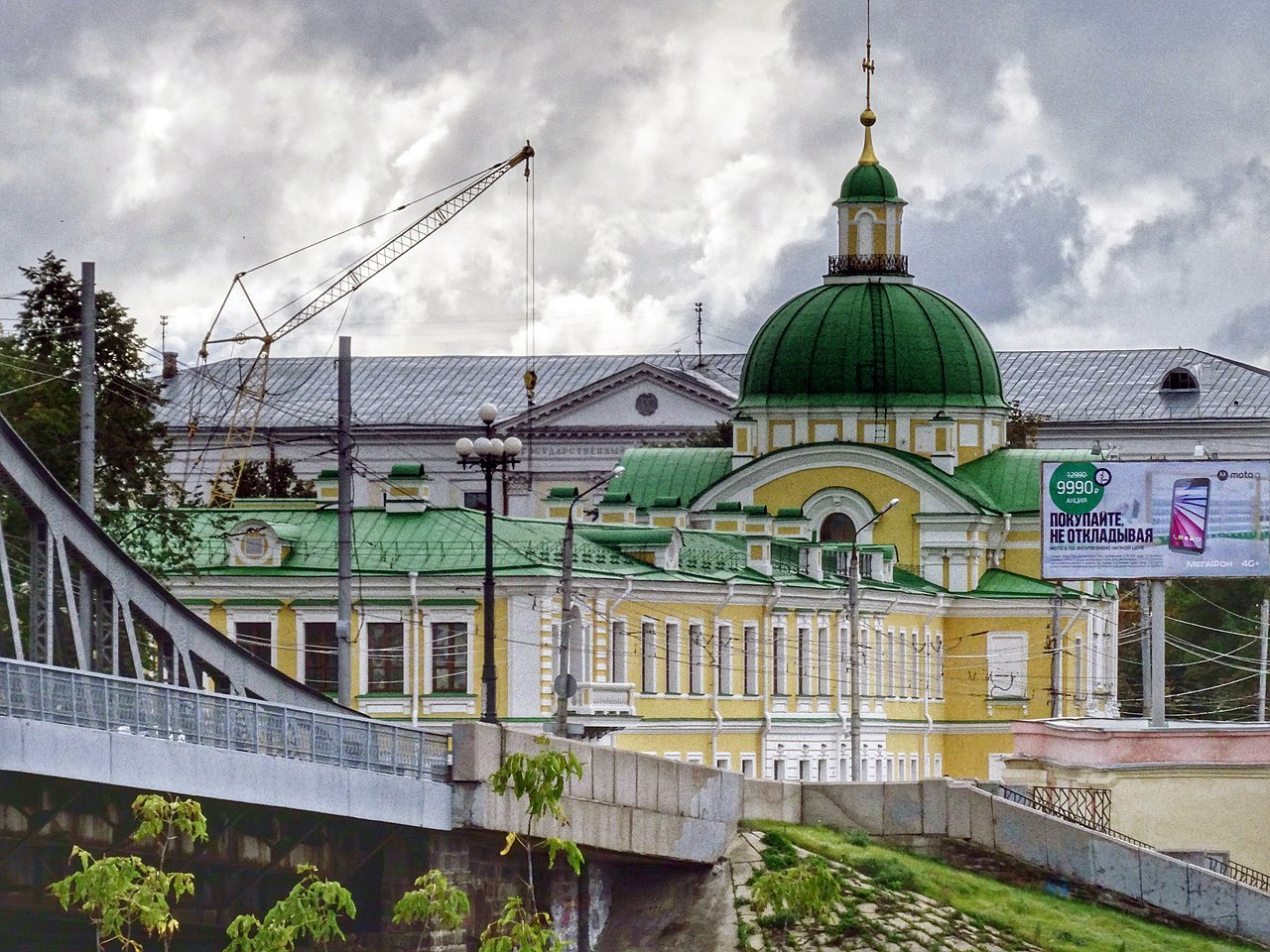
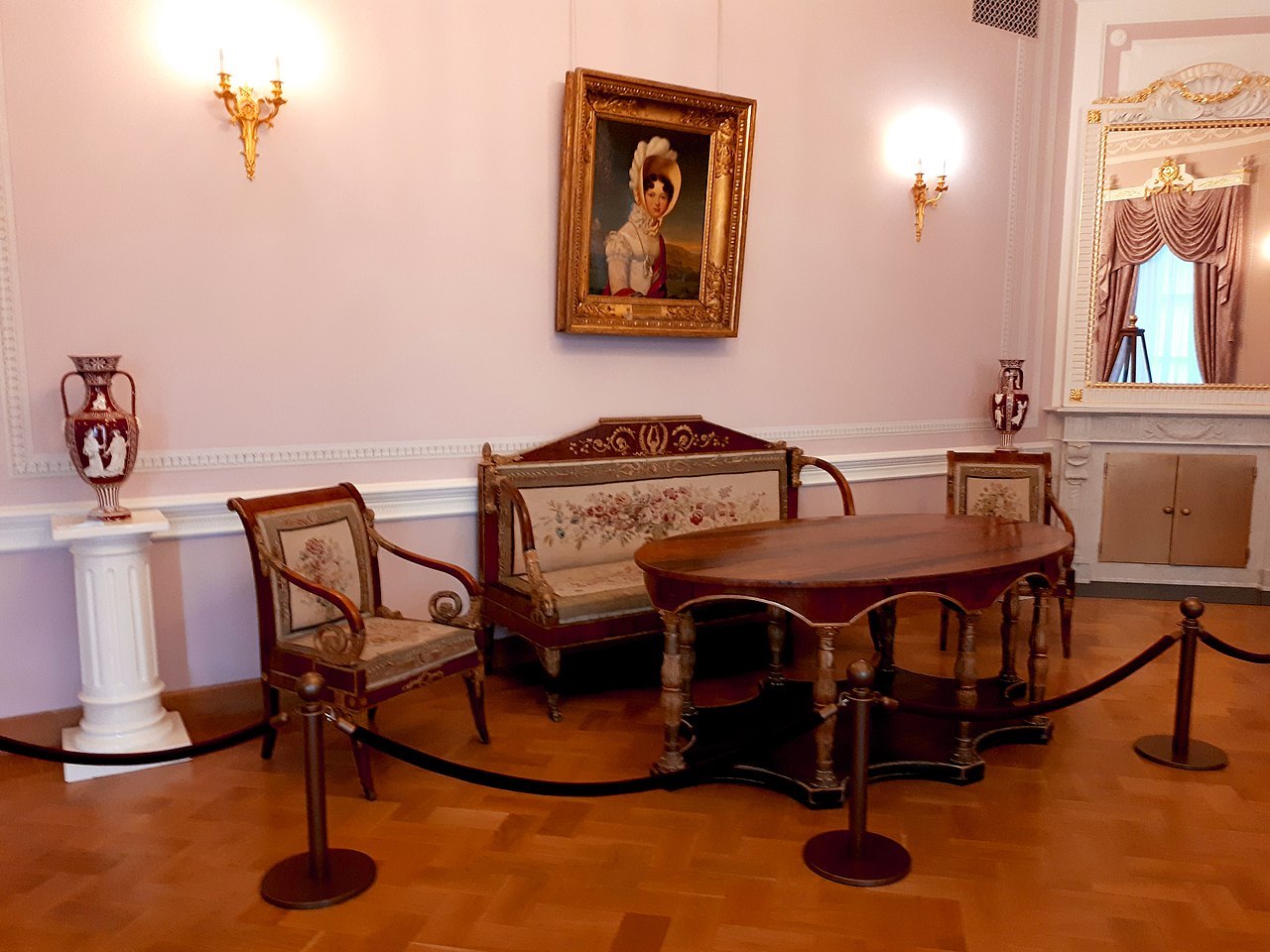
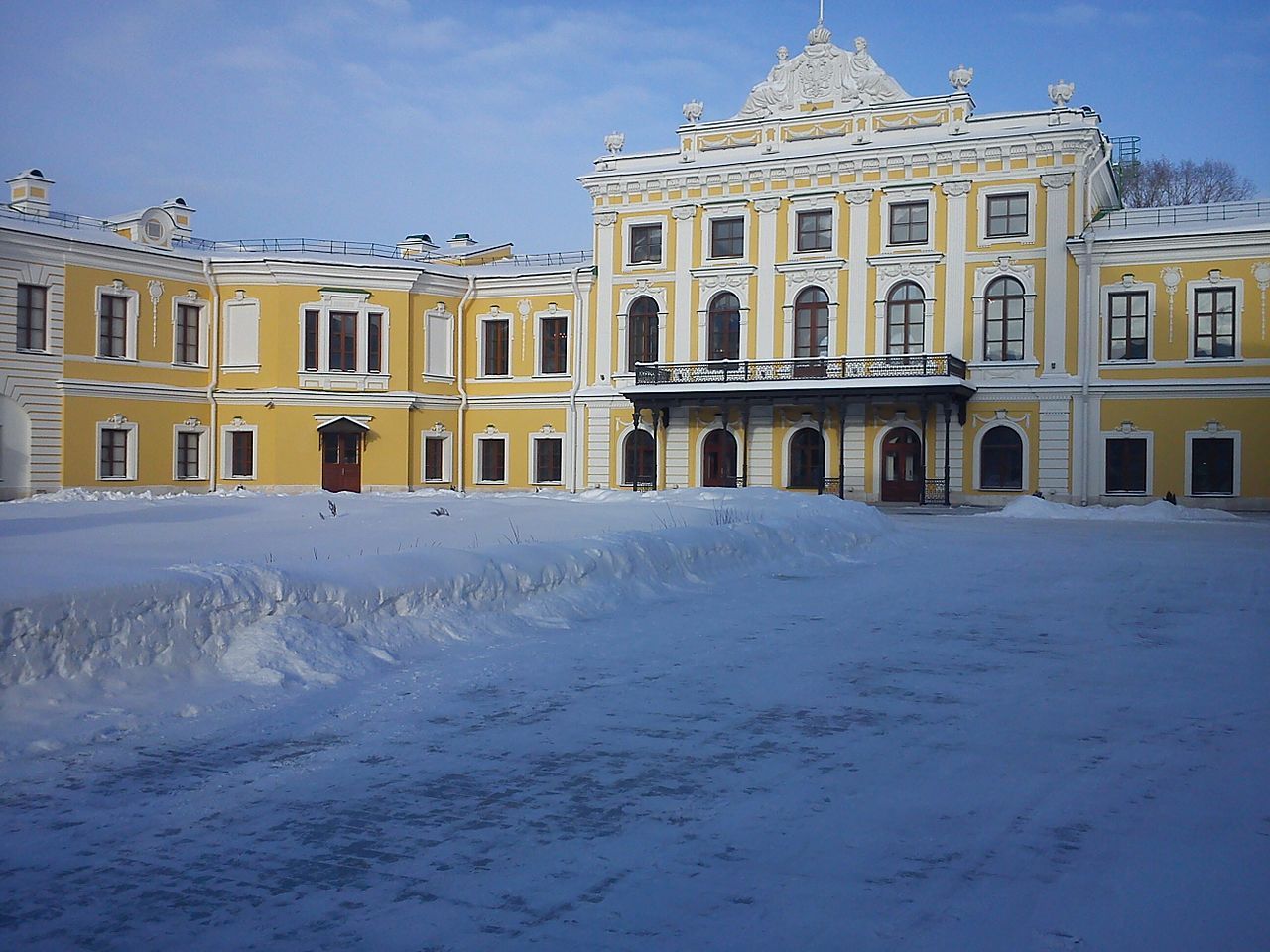
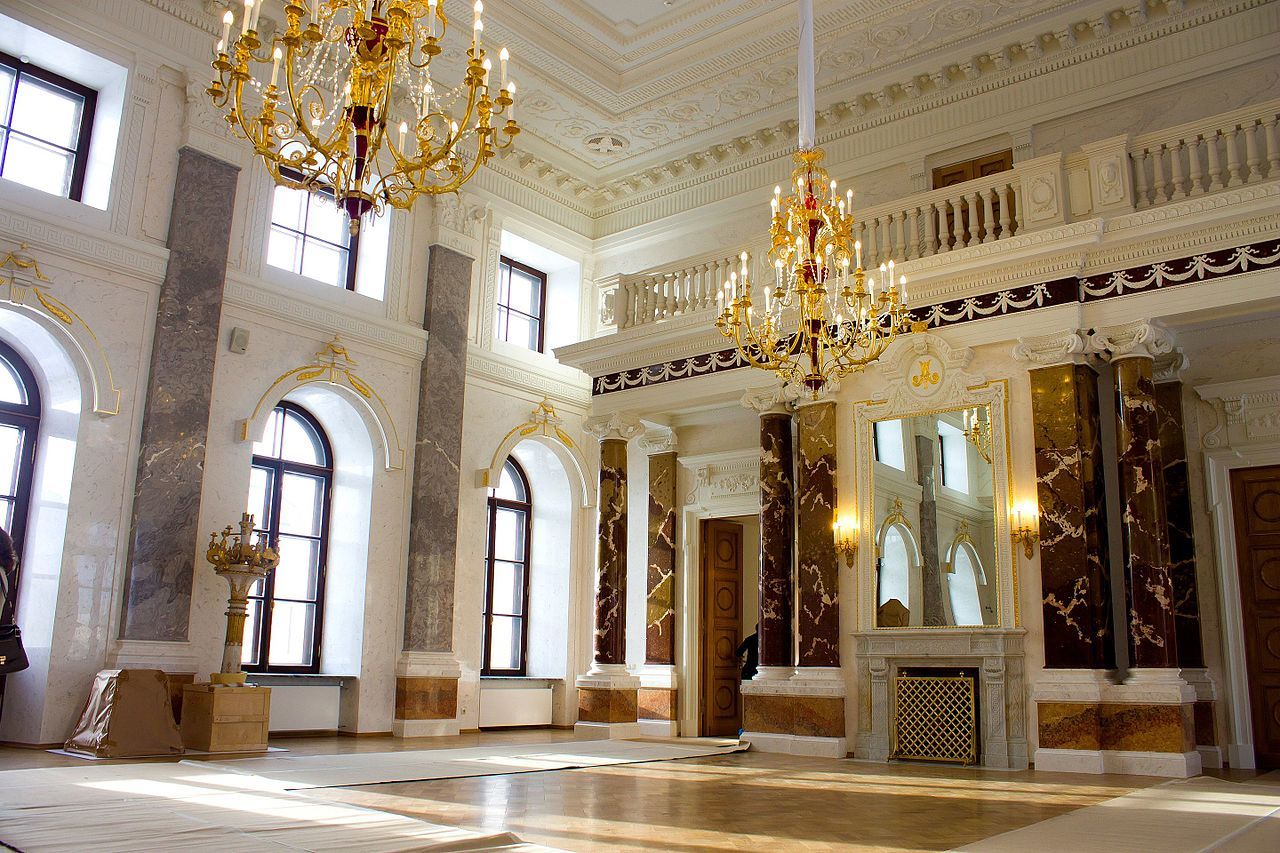
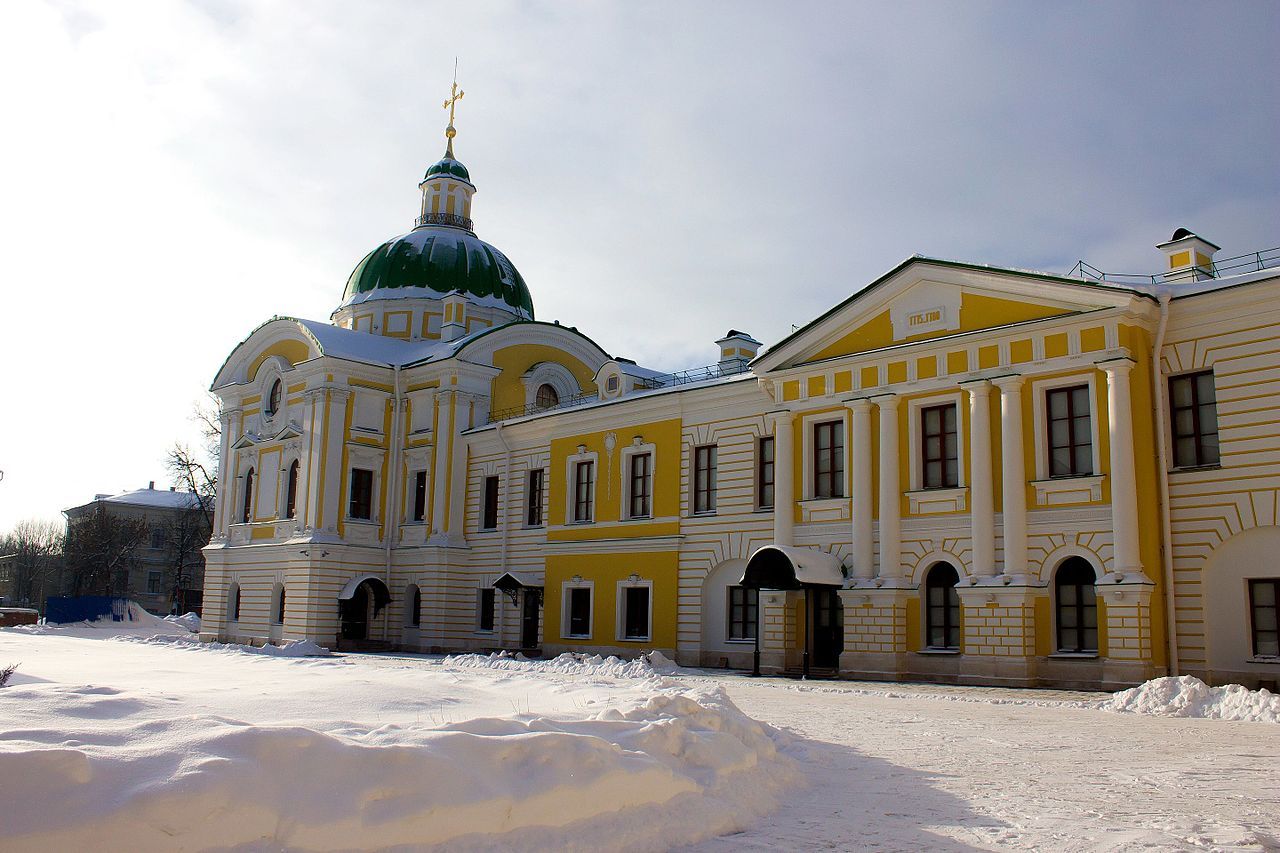
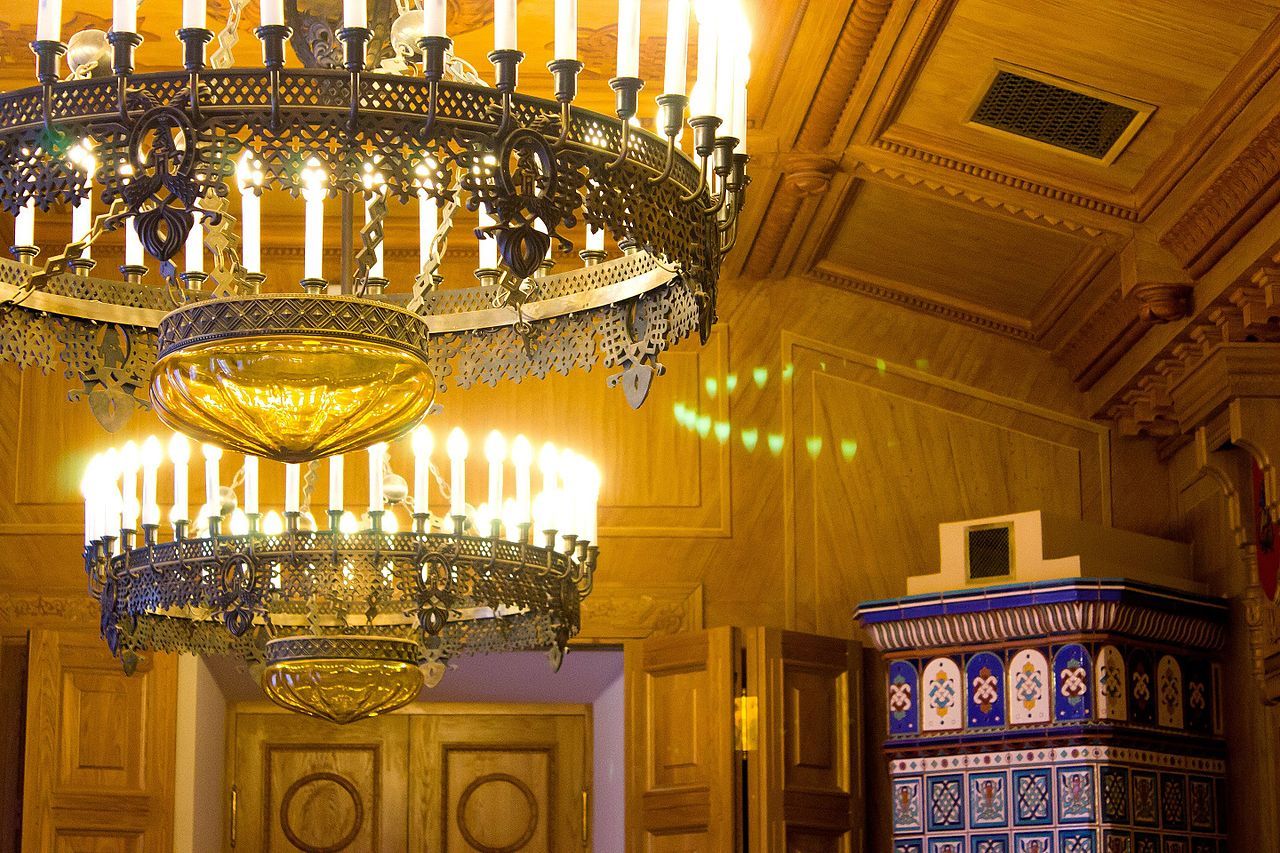
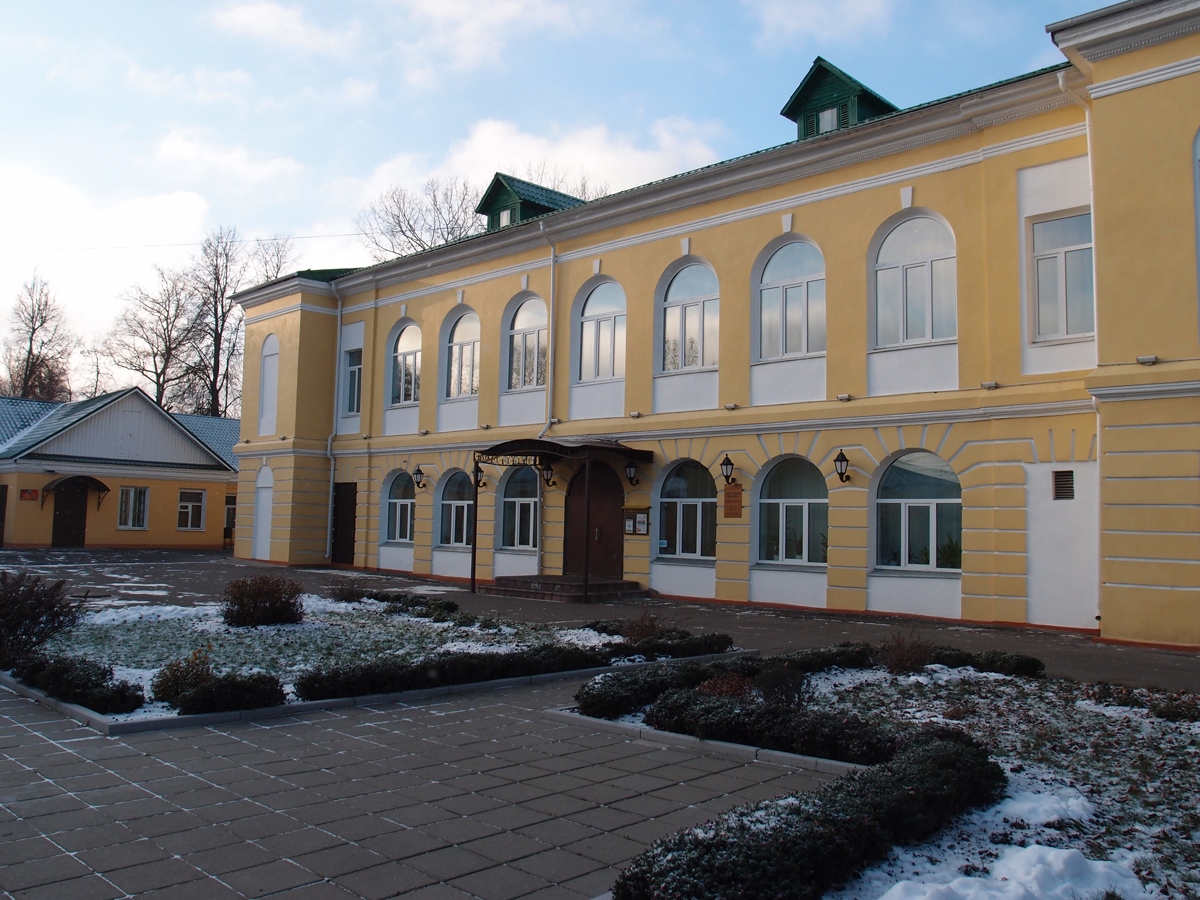
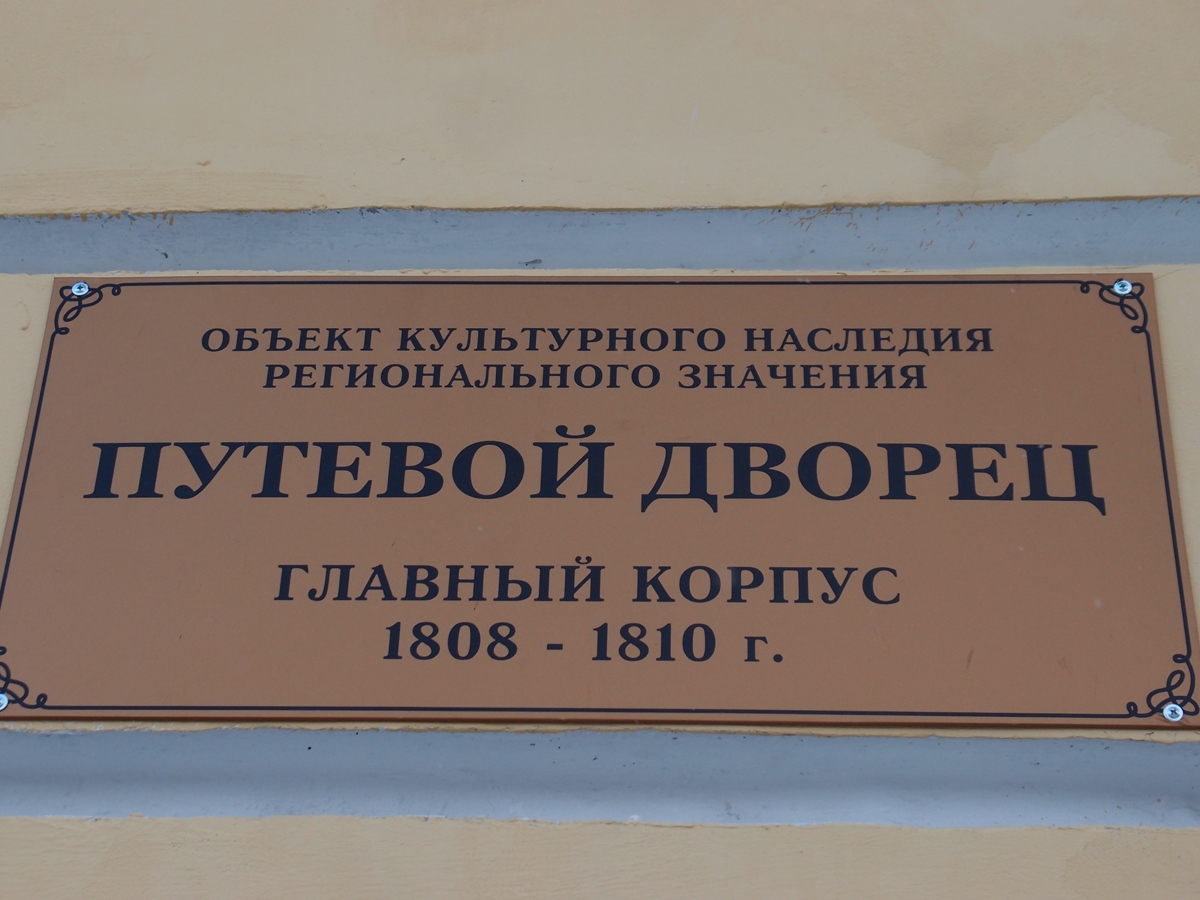
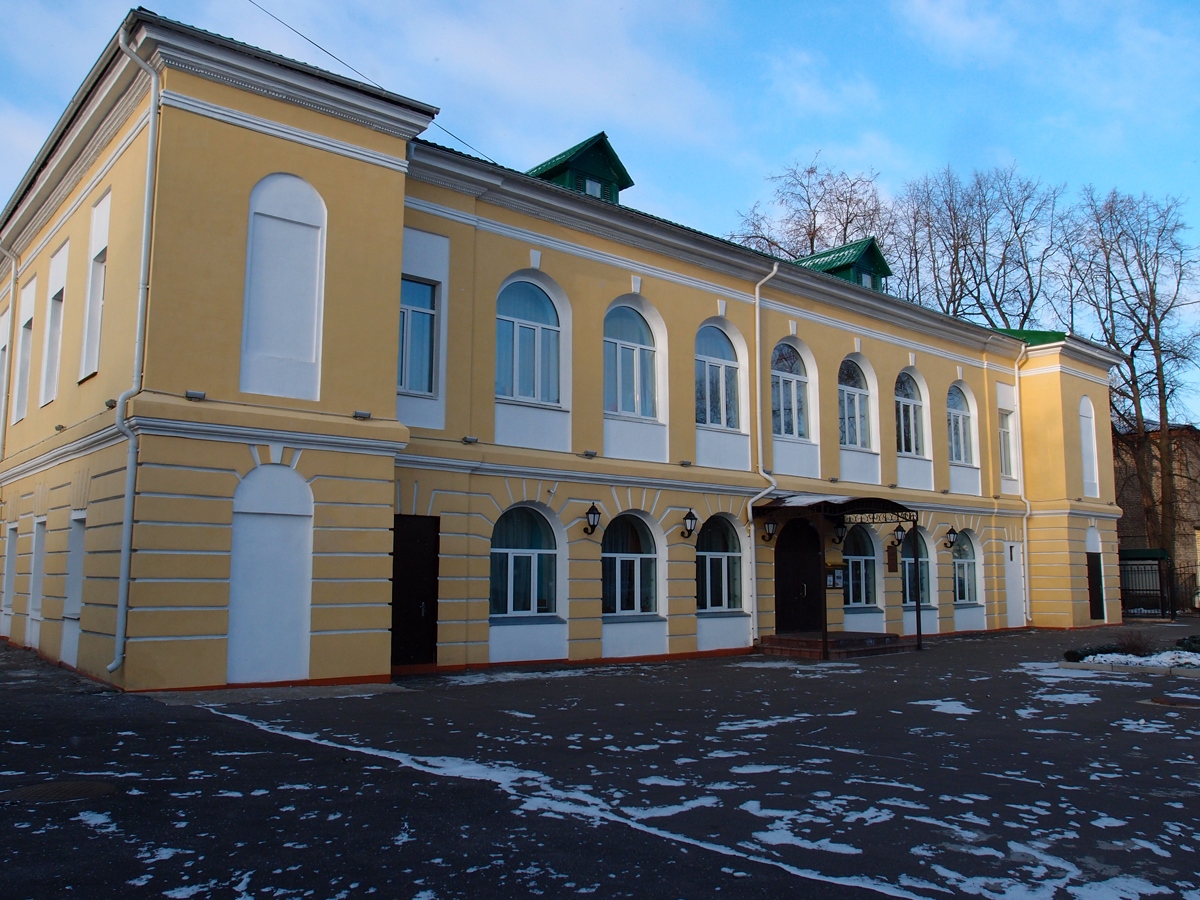
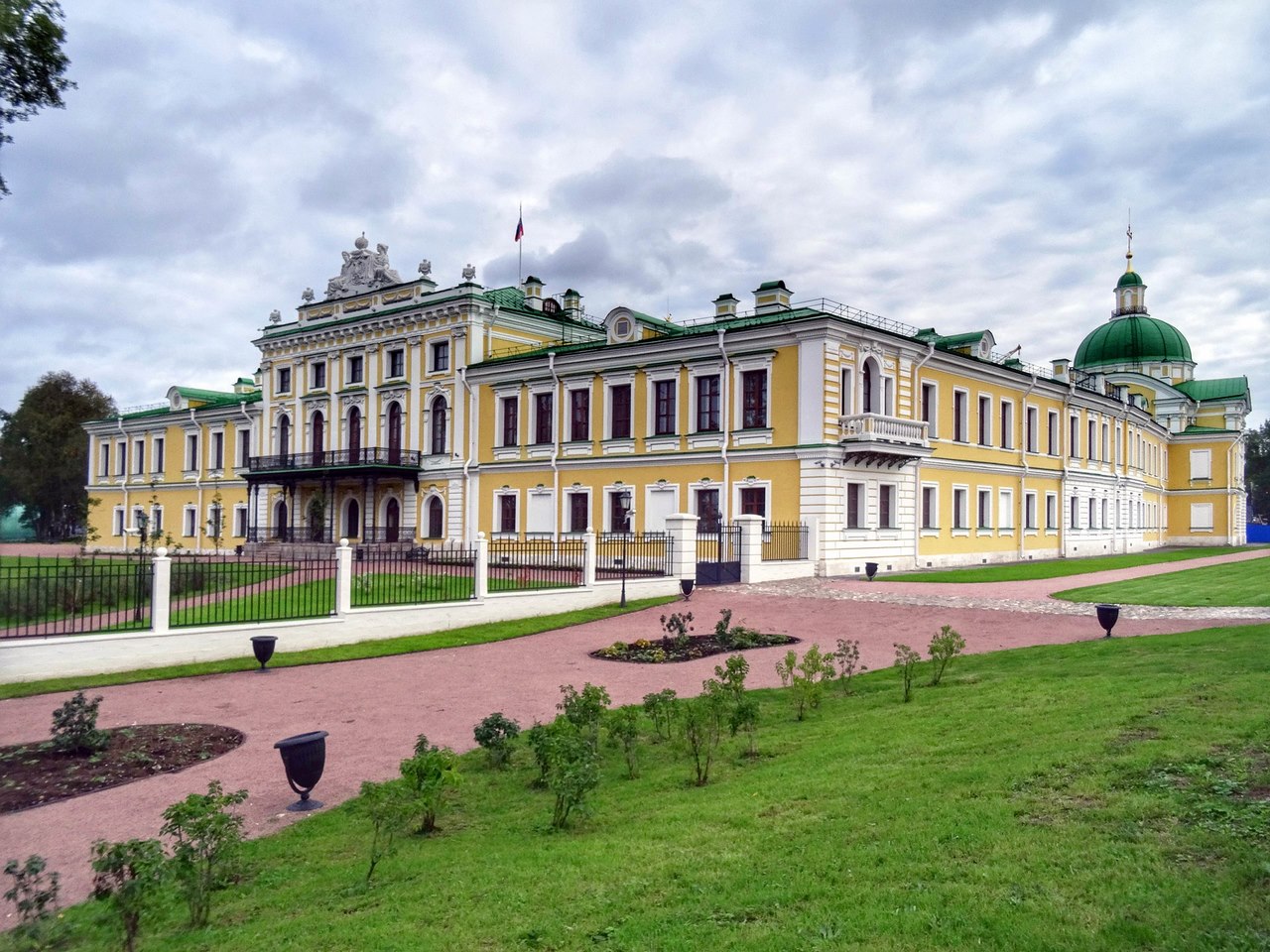
Video: The Traveling Palace in Tver
ContentsHistory of the Wayback Palace
The development of the territory of Tver province, starting from the XVIII century, was engaged in the first Russian architectural series of architects: Nikitin, Rastrelli, Felten, Rossi, Stasov, Leonidov, Quarenghi, Kazakov, Rezanov, Kvasov, Bove. Recognized masters of their craft worked with both private and public orders. They erected not only individual buildings, but entire ensembles. One of such outstanding ensembles and at the same time monuments of Russian architecture can rightly be called the Traveling Palace in Tver. For more than two hundred years of history, this magnificent and unique for the Russian province historical and architectural complex has been rebuilt several times, reflecting the main tastes and styles of successive eras.
.The Way Palace in Tver is a real gem of the city. The attraction has a rich construction history.
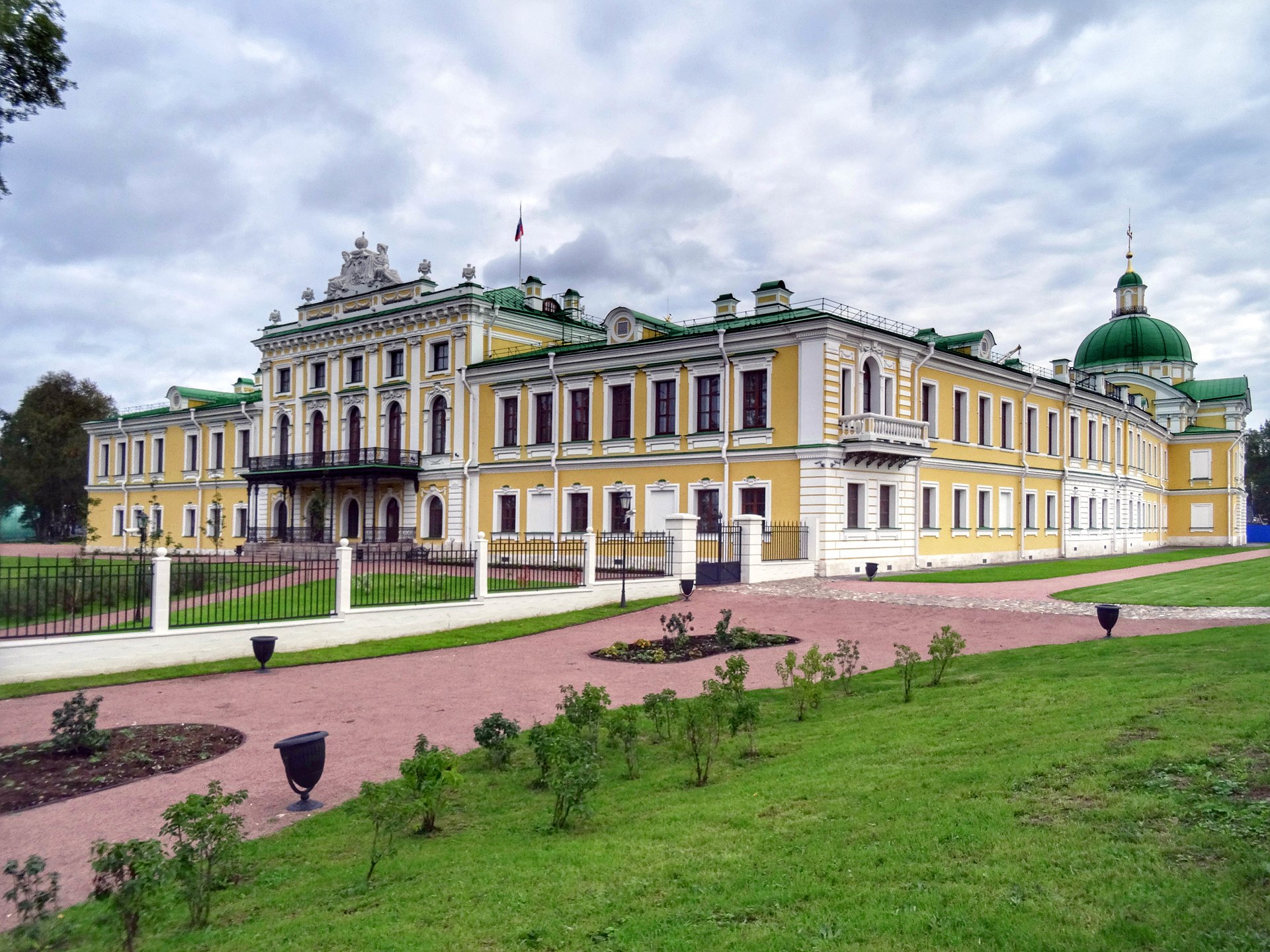
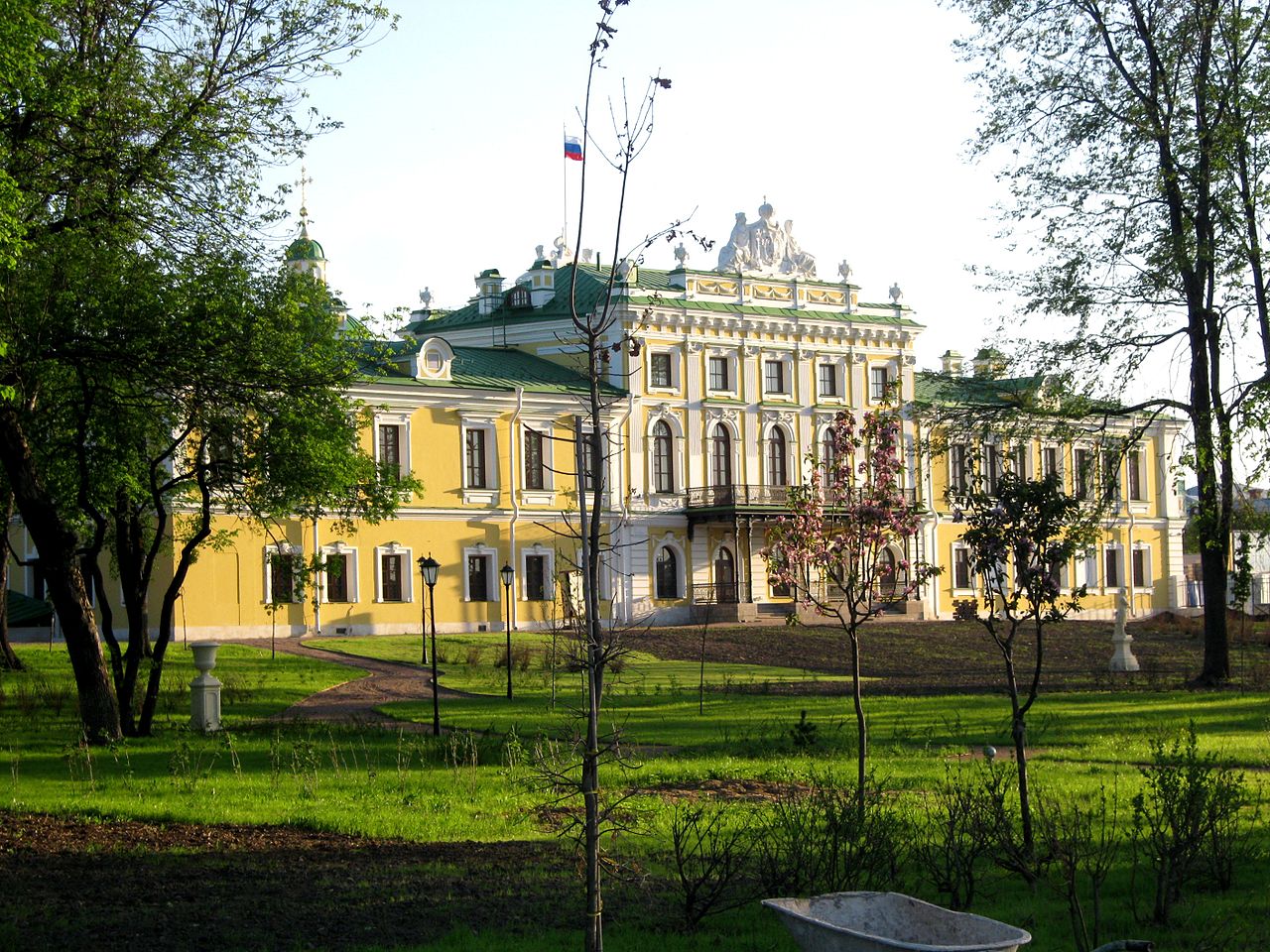
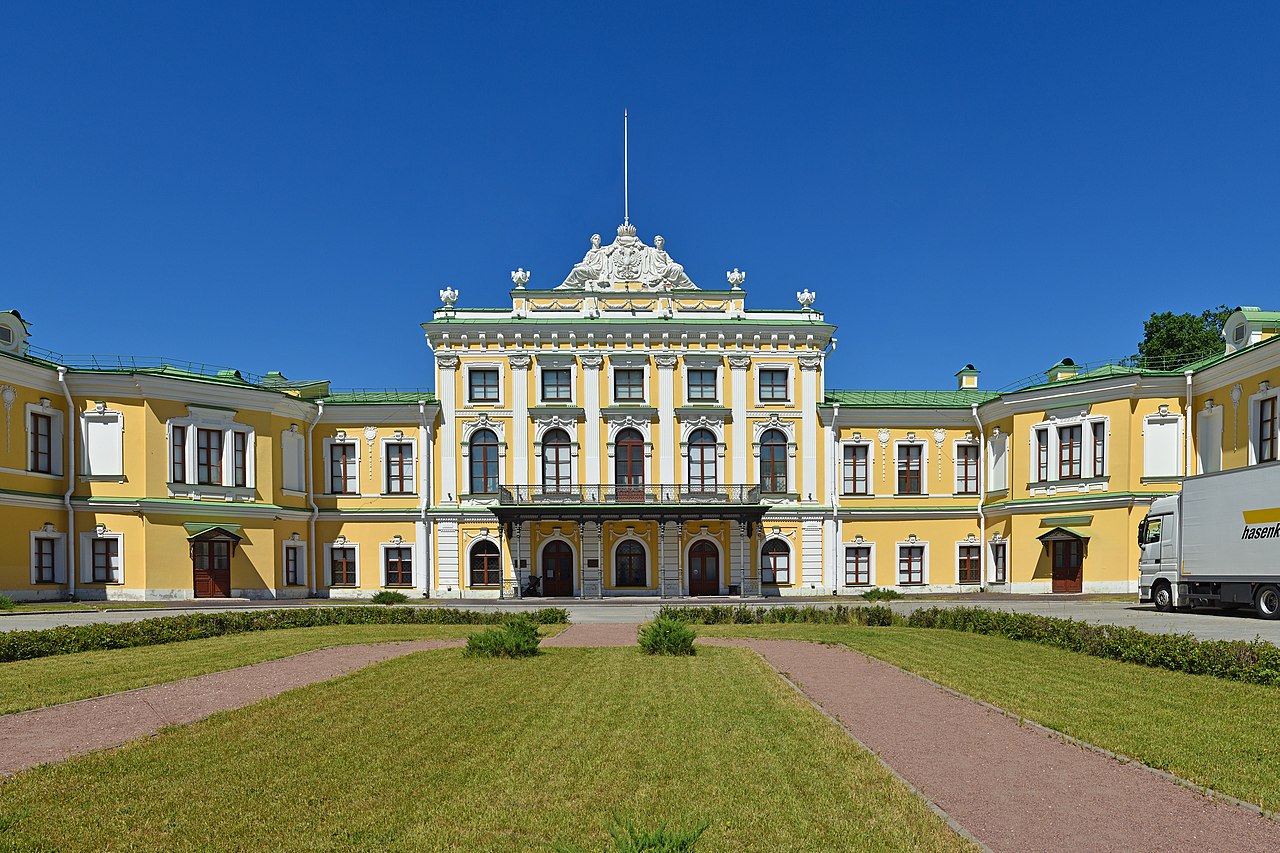
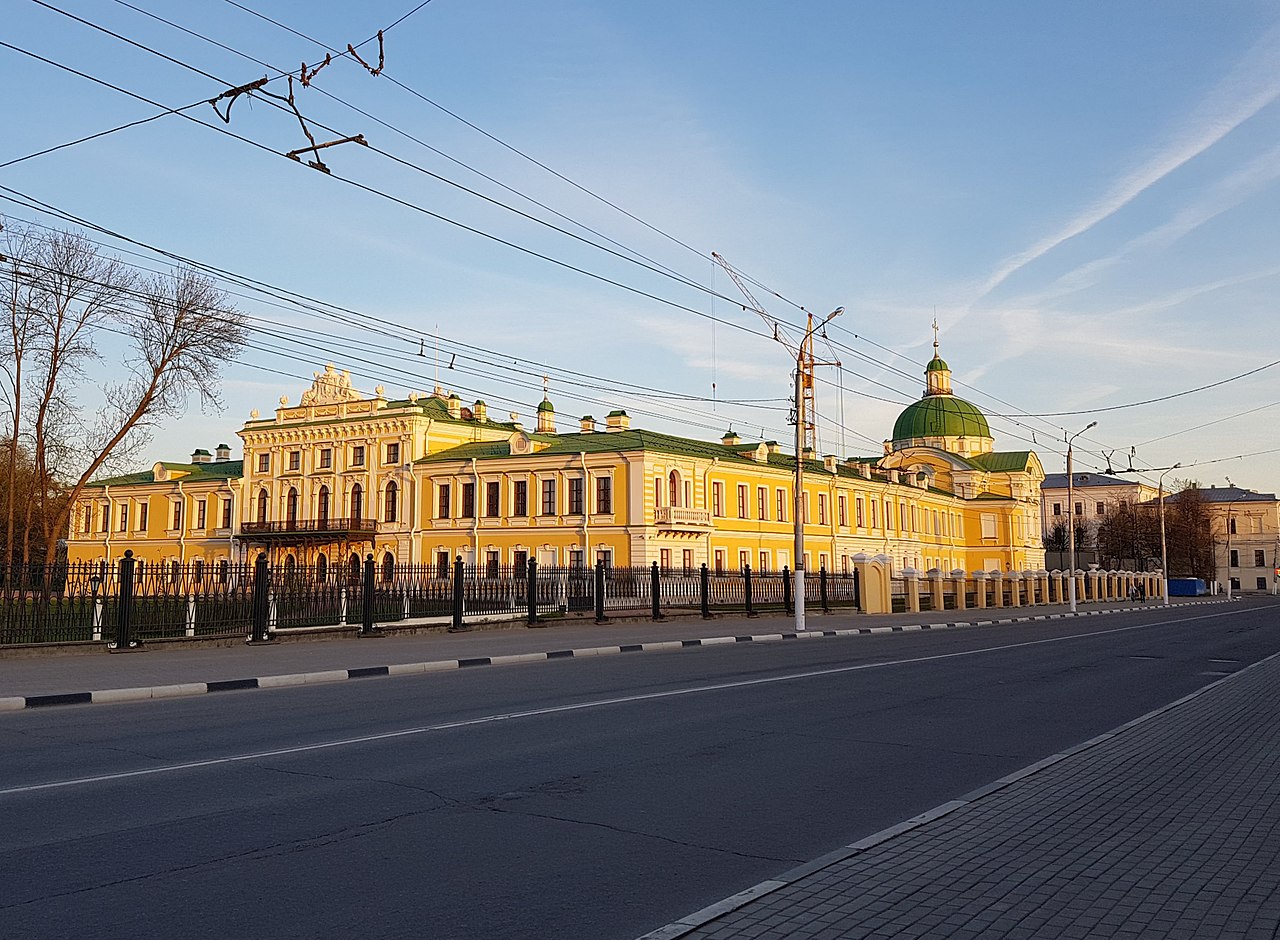
Eighteenth century
In 1763, a tragedy occurred in Tver: a terrible fire destroyed both the buildings of the Tver Kremlin and the entire central part of the city, built of wood. But just a few days after the tragedy, Empress Catherine II took a number of measures to restore the burned Tver. She signed a corresponding decree to the Senate. A new plan of the city was presented by the talented Russian architect Peter Romanovich Nikitin a year after the fire.
.The Empress liked the plan very much: she immediately realized that its successful implementation would make Tver a standard of Russian regular town planning. It can be concluded that even then Catherine the Great was already thinking about using the restored building to meet her own needs. The plan envisioned the erection of the Way Palace on the site of the bishop’s house destroyed by fire, which was located on Millionnaya Street, the main thoroughfare of the Tver tri-city.
.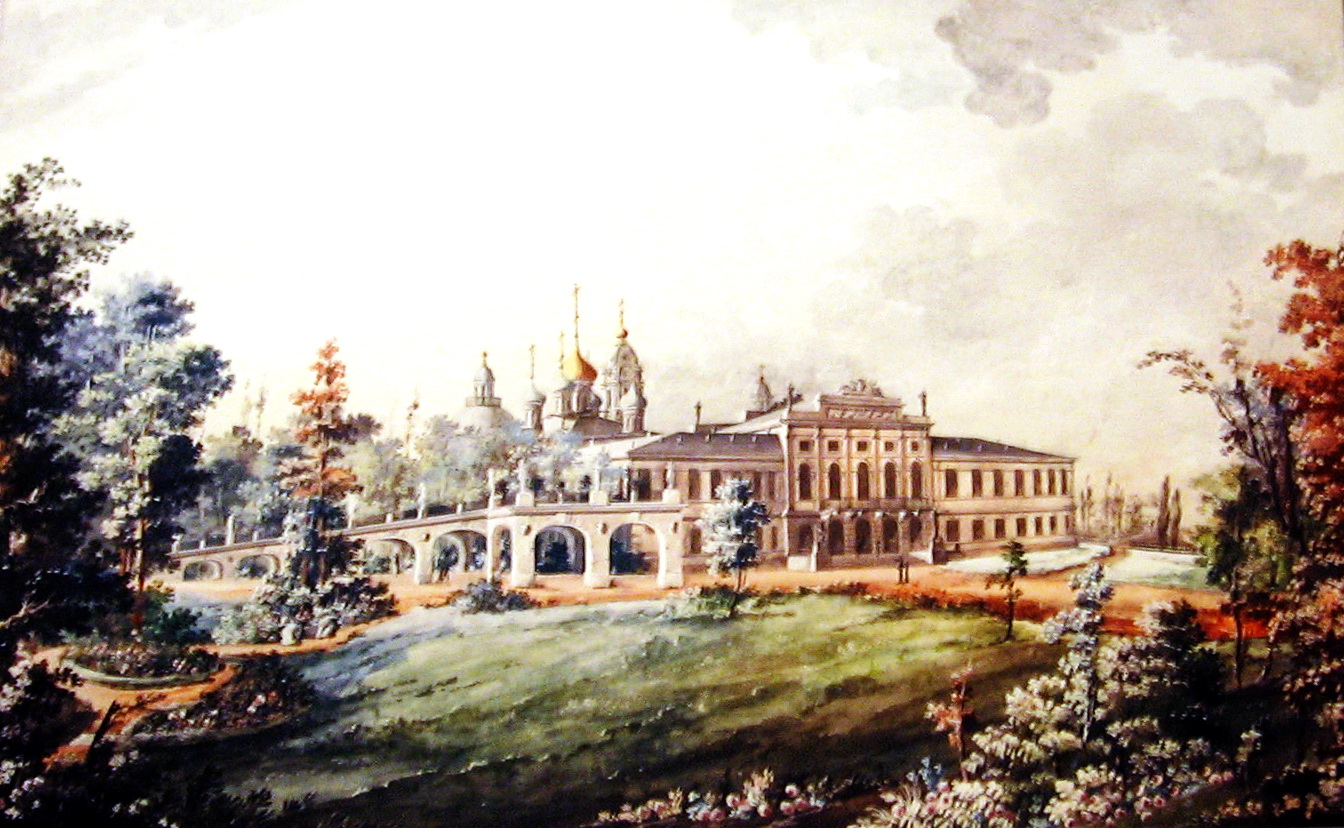
In 1778, Vladyka Arseny Vereshchagin consecrated the palace church in the western tower in the name of St. Great Martyr Catherine. This significant event took place on the day of the namesake of Catherine II – November 24. It is believed that it was on November 24, 1778 that the construction of the Wayfarer’s Palace in Tver was completed. From that moment, the palace received the status of imperial and began to be maintained by the Udelnyi department.
.XIX century
In 1809, the architect Carl Rossi began to reconstruct the palace in the Russian Empire style according to the project approved personally by Emperor Alexander I. The Tver Palace was presented as a wedding gift to Grand Duchess Ekaterina Pavlovna, Alexander I’s favorite sister.
.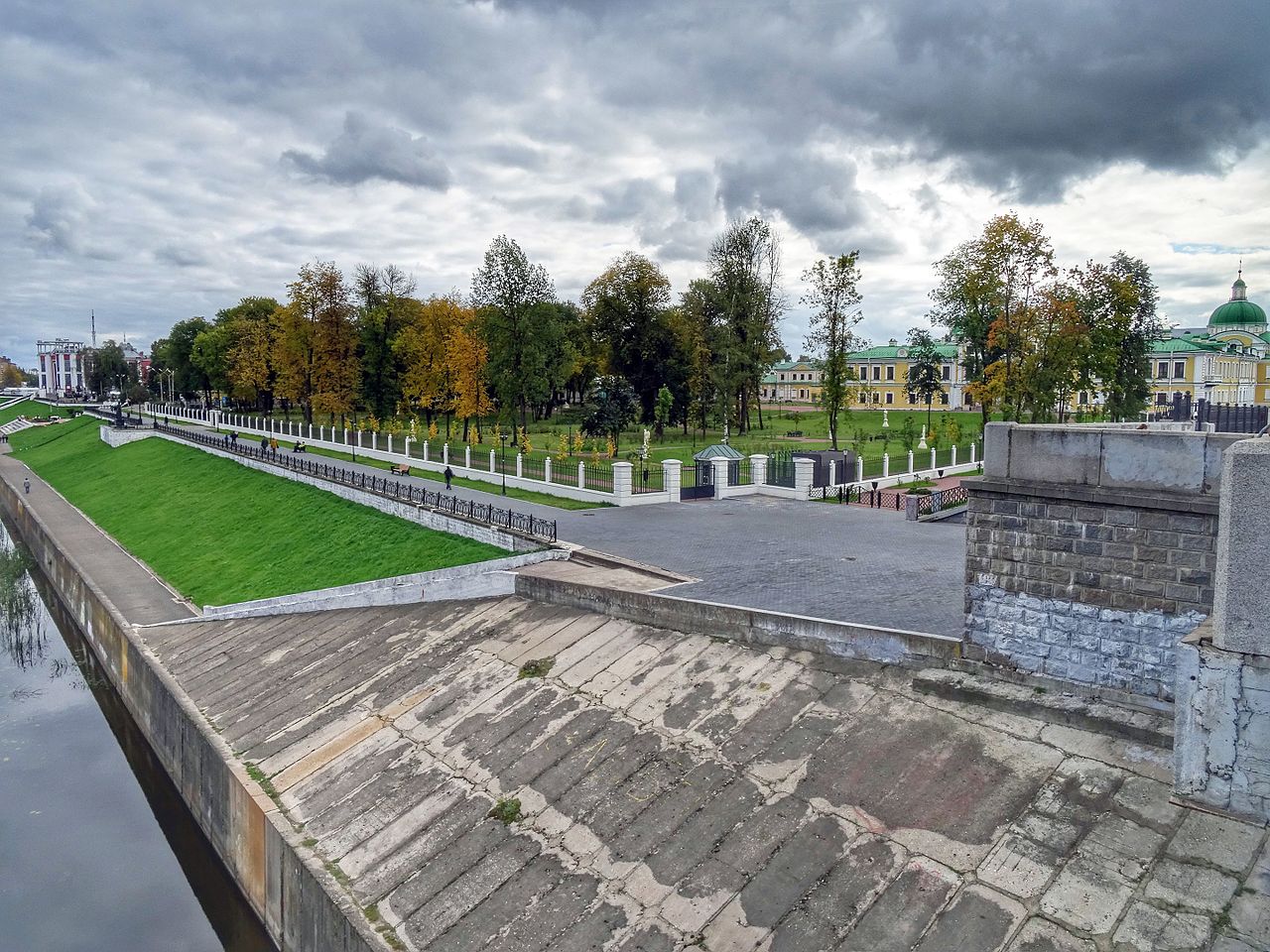
.
From 1864 to 1871, the architect Alexander Rezanov, obeying the order of Emperor Alexander II, began a large-scale restoration of the Traveling Palace. This time the building was decorated in the style of French King Louis XVI. Sculptor David Iensen erected a new attic with two figures over the palace. These figures symbolize the Volga and Russia. During the same period, the palace had a Coat of Arms Hall, for the decoration of which the artist Pavel Koch created 12 coats of arms of district towns of the province. And sculptor Ludwig Botha installed 6 columns in the style of the Tuscan order in the grand entrance hall.
.XX-XXI centuries
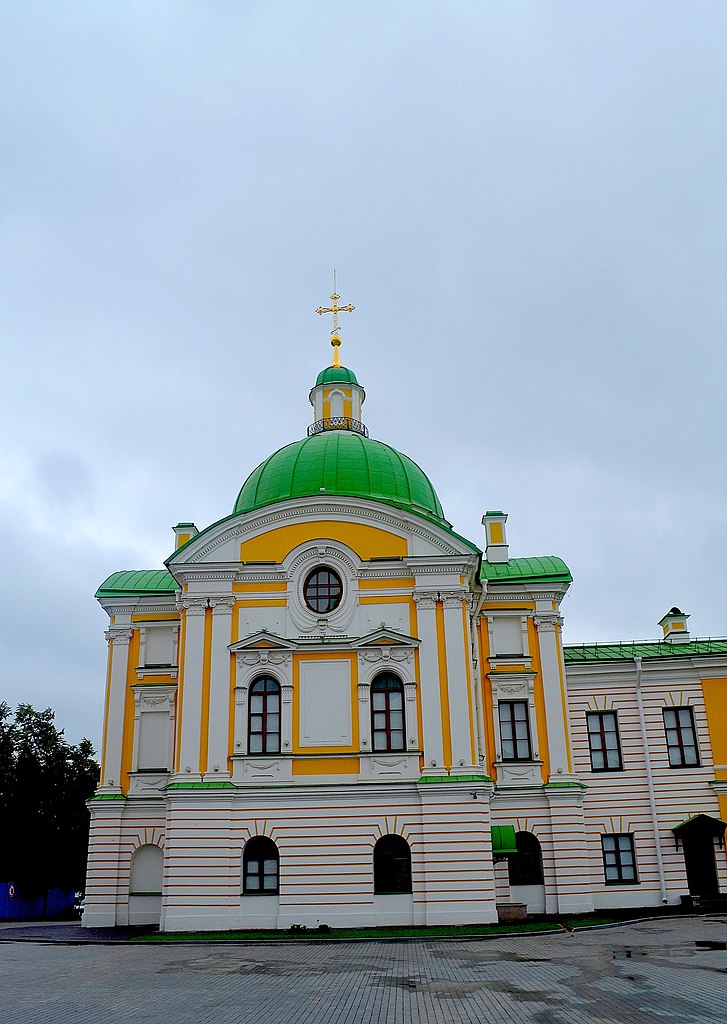
The interior of the Traveling Palace looks luxurious, thanks to glass and porcelain products, expensive antique furniture, marble columns, fireplaces and other interior details.
.Practical information
Working mode of the Traveling Palace in Tver: Wednesday-Thursday – from 11:00 to 18:00, Friday – from 11:00 to 20:00, Saturday-Sunday – from 11:00 to 18:00. The gallery is not open on Mondays. Tours are held on Tuesdays, by appointment only. Self-guided visits to the exhibit are not available. The last Thursday of each quarter is a sanitation day. The box office closes 60 minutes before the institution closes.
Telephone numbers for reference: (4822) 34-31-56, 34-62-43.The official website of the Traveling Palace is https://gallery.tverreg.ru/. On the site you can view ticket prices, ask questions, view virtual exhibitions, learn a lot of useful information and contact the administration of the Tver Regional Art Gallery.
.How to get there
The Tver Regional Art Gallery in the Putev Palace is located at the address: 3 Sovetskaya St., Tver, 170100.
.You can get to the Imperial Palace by your own car, cab, public transportation: bus or shuttle bus. To the stop “Sobornaya Square” there are buses № 20, 154 and minibuses № 9, 211.
.